#food korea
Explore tagged Tumblr posts
Text

Nutrition & Wellness
#Biophilia#biophilia nutrition#biophilianutrition#sporty girls#fitness#wellness#selfcare#self care#self care tips#self care sunday#self care routine#self care reminder#fitness routine#fitspo#fashion#style#chic#Vogue#vogue italia#Vogue Paris#Vogue Magazine#vogue korea#vogue beauty#beauty#green juice#green juice girl#green juice aesthetic#nutrition#whole foods#erewhon
330 notes
·
View notes
Text

My real time reaction of watching an American influencer spread straight up lies about my country because they lived/visited there at some point
#“some DISGUSTING truths about korea” oh okay- i mean sure yeah. Racism is still pretty intense in Korea- I can understand how-#“60% of men and 81% of women think cheating is GOOD for their relationship” WHAT.#WE LITERALLY DON'T????#WHAT THE FUCK IS THAT STATISTIC THAT YOU PULLED OUT OF YOUR ASS#“it's super cheap to live and buy food in korea” NO??#WE HAVE THE SAME SHITTY ECONOMY AS YOU FAM- THE PRICES AREN'T FUCKING “3 TO 4 DOLLARS” PER MEAL???#HAVE YOU BEEN EATING PACKETS OF PEANUTS FOR BREAKFAST DINNER AND LUNCH?? WHAT?#and then they mentioned the racism which yeah- like I said-#it's a big problem there- that's a totally valid point#but 60% OF MEN 81% OF WOMEN DO NOT THINK CHEATING IS GOOD??#I think I'm more concerned about how many people were wholeheartedly believing it in the comments like- please at least ask her to site her#sources other than her own experience#I UNDERSTAND that you had a relationship with a korean guy once and he cheated on you and had a whole other girlfriend but MAYBE have you#considered that you just had a really shitty boyfriend and that it doesn't apply to everyone else
271 notes
·
View notes
Text
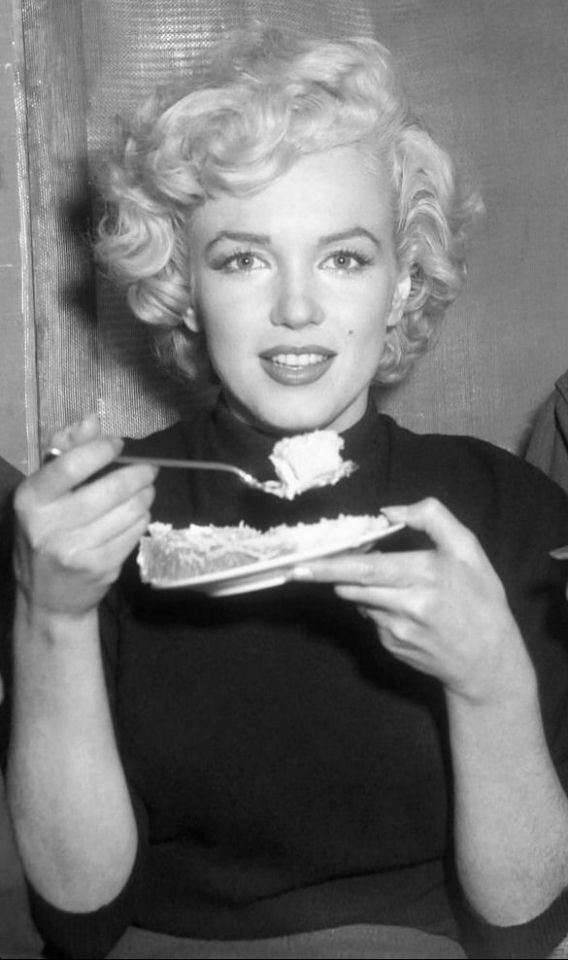



Marilyn Monroe, Korea, 1954
2K notes
·
View notes
Text


Krispy Kreme x Miffy doughnuts・゚゚・。☆
2K notes
·
View notes
Text
Colleagues know that me and mum love frozen desserts. We have eaten those fish-shaped taiyaki ice cream from Chateraise and love it. They informed me about the Samanco Ice Cream Sandwich (S$8.10 for a pack of 4s) on sale at our local NTUC supermarket. These frozen confections are made in South Korea by Binggrae and comes in quite a few flavours like strawberry, chocolate, red bean and the two below that I bought. The Samanco Green Tea & Red Bean Ice Cream Sandwich comes with matcha flavoured ice cream plus sweetened red beans. Outside it are two halves of wafer fish which is no longer crispy as expected.



The Samanco Mixberry Ice Cream Sandwich (S$8.96) is the latest available flavour so there is no discount for it. This taiyaki is filled with vanilla ice cream and a thin layer of mix berries syrup giving it a fruity tang. Between the two flavours, I much preferred the latter as the berries flavour is far more refreshing.



#Binggrae#Samanco#Ice Cream Sandwich#Taiyaki Ice Cream#South Korea#Mixberry#Green Tea#Matcha#Red Bean#Vanilla Ice Cream#Wafer#Fish-Shaped#NTUC#Sweet#Frozen Confection#Dessert#Snack#Food#Buffetlicious
114 notes
·
View notes
Text

Supermarket. Seoul, South Korea.
393 notes
·
View notes
Text









haha:)(
#alt moodboard#moodboard#alternative#random moodboard#ugly moodboard#icons#japanese moodboard#color moodboard#anime moodboard#anime icons#manga moodboard#anime manga#anime and manga#south korea#korean#korea core#tumblr girls#girl moodboard#japan style#japan core#japan school#manga art#japan weird moodboard#weird moodboard#weirdcore#ugly core#aesthetic#aesthetic moodboard#japan aesthetic#asian food
180 notes
·
View notes
Text

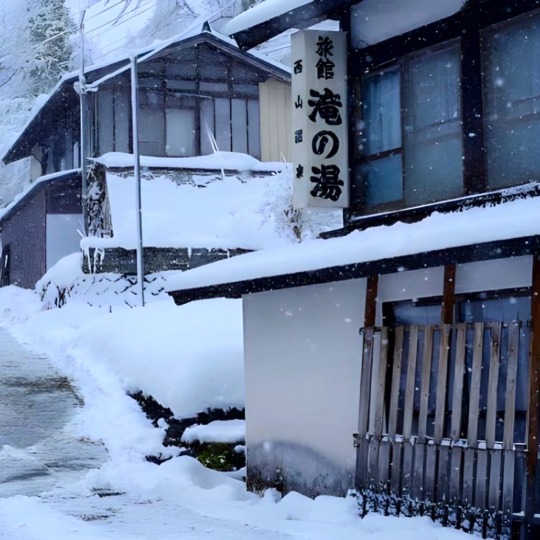
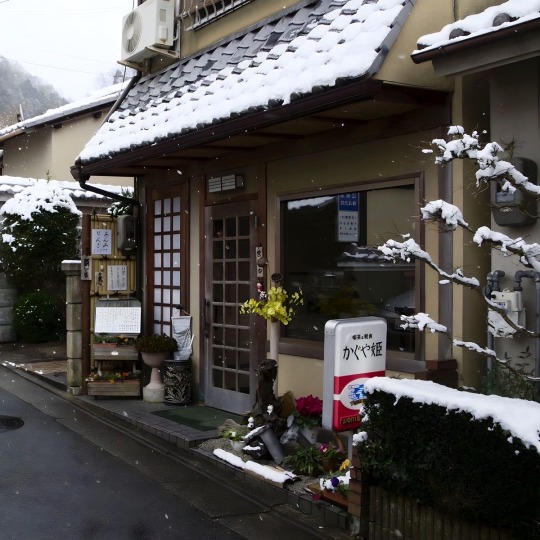
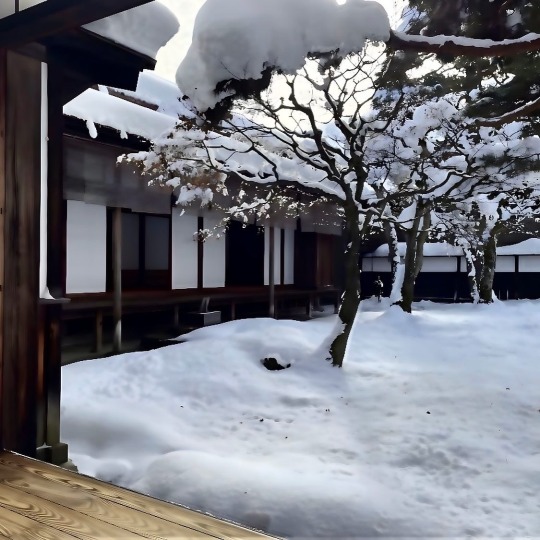
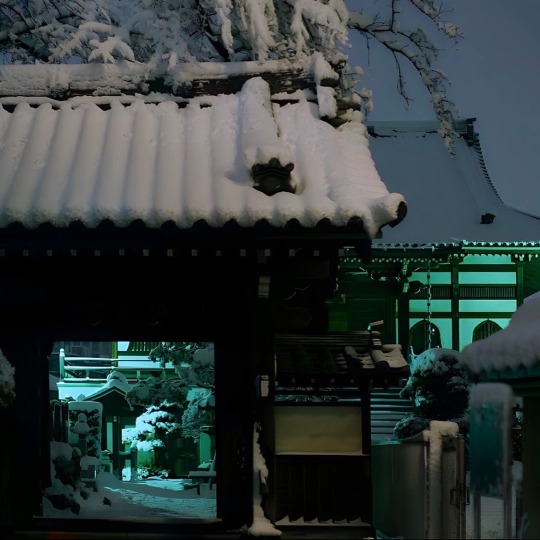
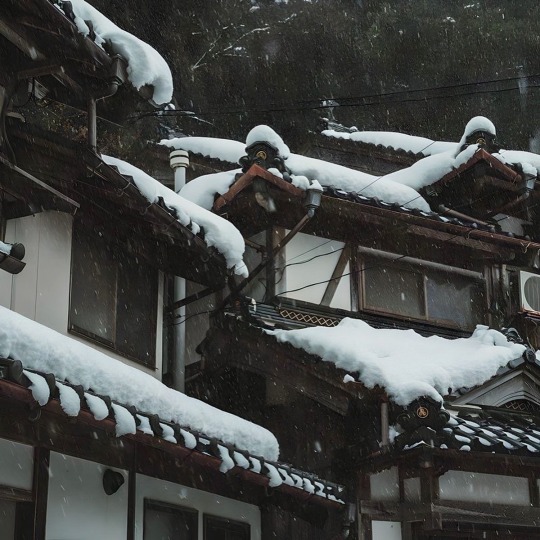


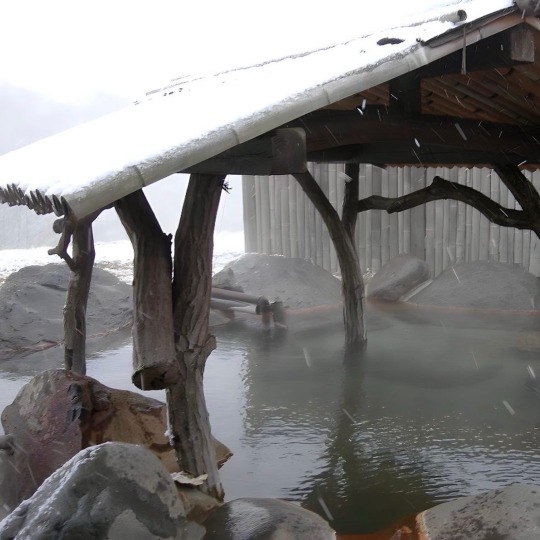
#anime aesthetic#cute#goth#grunge#japan#nostalgia#pastel#anime#anime and manga#cute food#black and white#winter#japan beauty#japan travel#japanese#kpopidol#kpop girls#south korea#korean#korea#anime art#animation
388 notes
·
View notes
Text

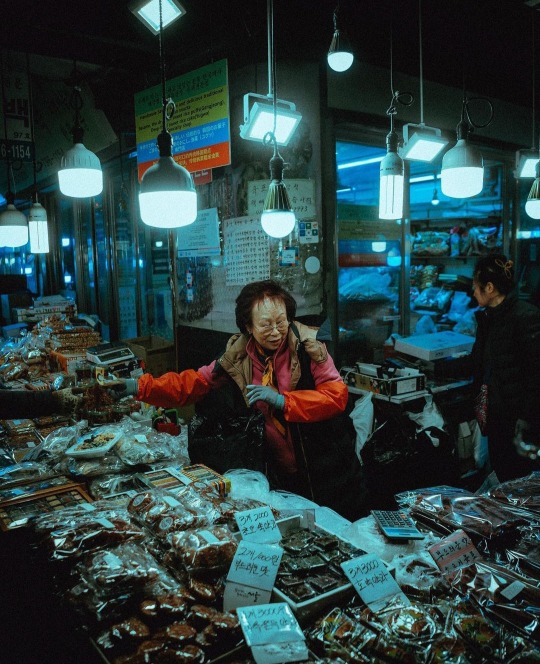



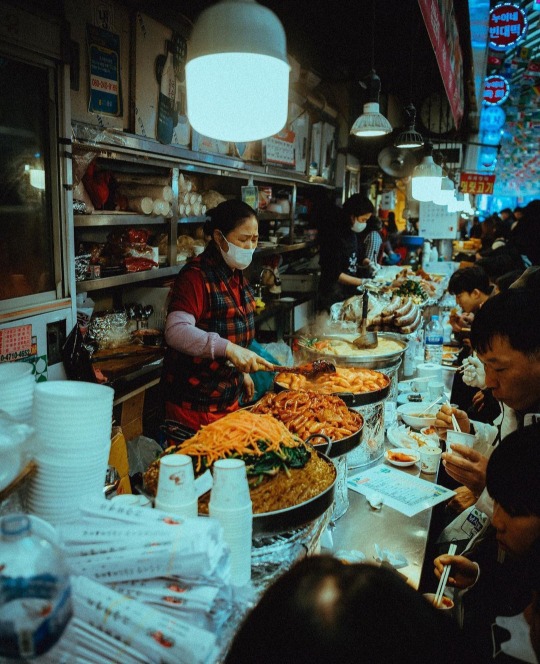


Gwangjang Market, Seoul.
Nathan Landers
#nathan landers#gwangjang market#seoul#south korea#south korean#street photography#street food#food photography#peoplehood#ph#blue aesthetic#city aesthetic#urban aesthetic
423 notes
·
View notes
Text
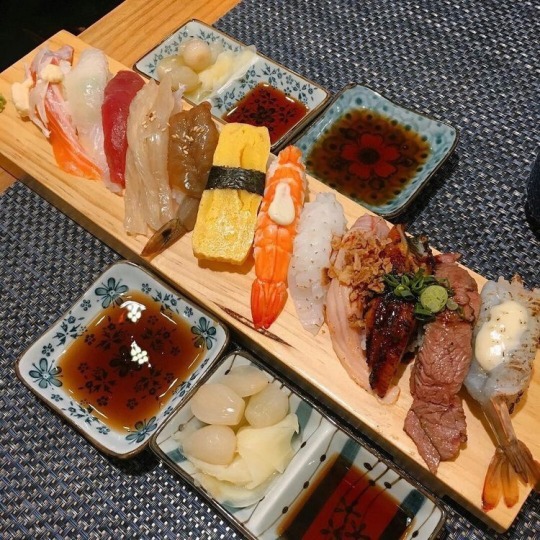
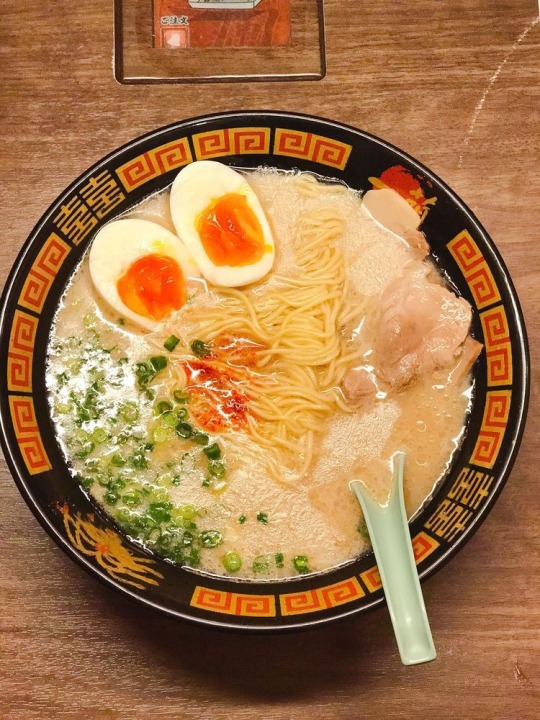
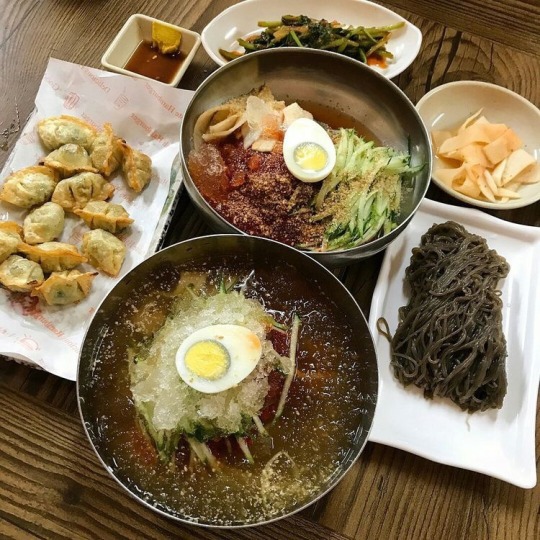
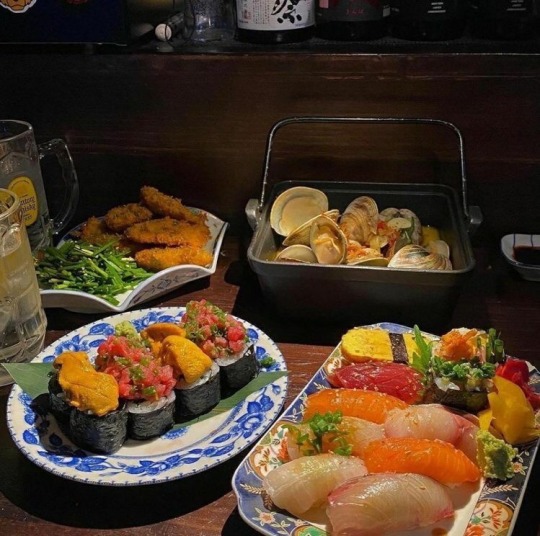
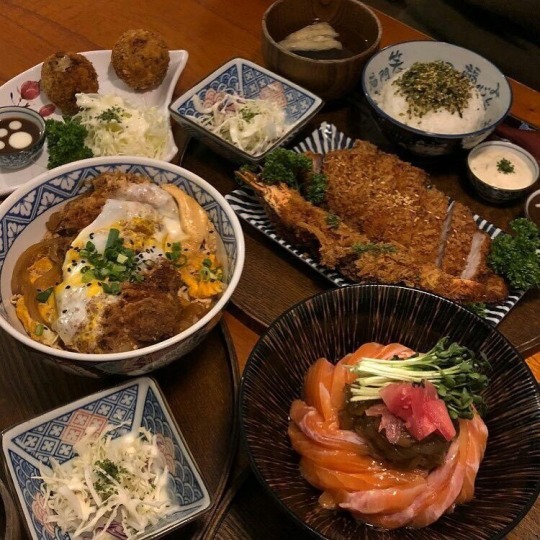

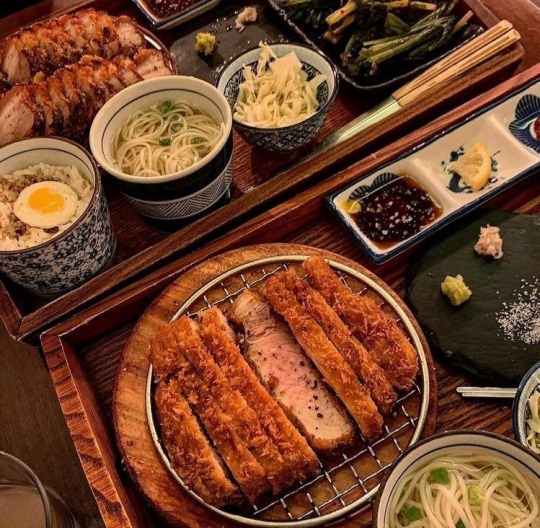
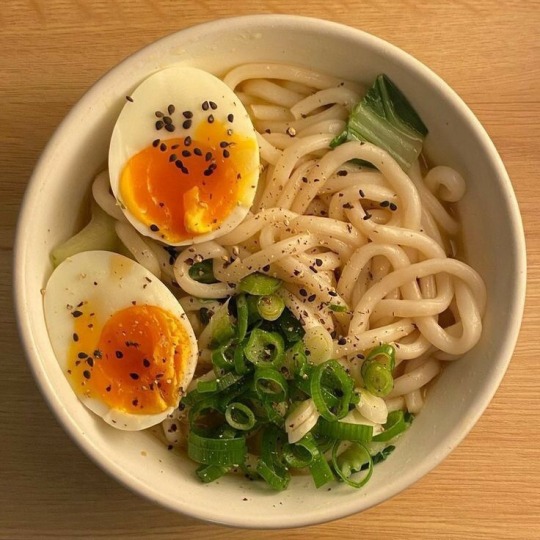

#japanese food#japanese ramen#japanese#japan photos#japan#japan photo now#japan street food#food deals#food blogger#sweet food#foodblogger#korea food#food blogs#food log#food#foodstagram#food and drink#food mention#rumll#lostonyoubabe#kakaollusut#cirkinkadininutopyasi#iyiyimlaben#sarhoskedi#bugeceicelim#prachella#foodgawker#morsaclizombi
2K notes
·
View notes
Text
"Of South Korea’s countless kilograms of annual food scraps, very few will ever end up in a landfill. This is because of two reasons—the first is that it’s been illegal since 2005, and the second is because they have perhaps the world’s most sophisticated food waste disposal infrastructure.
While representing a significant burden on the economy, the food waste disposal nevertheless produces ample supplies of animal feed, fertilizer, and biogas that heats thousands of homes.
As the New York Times’ John Yoo and Chang Lee reported from Seoul, South Korean cuisine tends to lend itself to creating food scraps, since many staple dishes come with anywhere from a few to a few dozen sides.
With the culture erring on the side of abundance rather than restraint, many of these small dishes of tofu, kimchi, bean sprouts, and other bites would be tossed in the landfill if it wasn’t illegal to do so.
The government put the ban hammer on it because the mountainous terrain isn’t ideal for landfill construction.
Instead, restauranteurs and street hawkers pay the municipality for a sticker that goes on the outside of special bins. Once filled with food scraps, they are left on the road for collectors in the morning who take 90% of all such waste in the country to specialized collection facilities.
At apartments and among residential housing areas, hi-tech food waste disposal machines are operated by a keycard owned by residents under contract with the disposal companies.
Once taken to the recycling facilities, the food is sorted for any non-food waste that’s mixed in, drained of its moisture, and then dried and baked into a black dirt-like material that has a dirt-like smell but which is actually a protein and fiber-rich feed for monogastric animals like chickens or ducks.
This is just one of the ways in which the food scraps are processed. Another method uses giant anaerobic digestors, in which bacteria break down all the food while producing a mixture of CO2 and methane used to heat homes—3,000 in a Seoul suburb called Goyang, for example. All the water needed for this chemical process comes from the moisture separated from the food earlier.
The remaining material is shipped as fertilizer to any farms that need it.
All the water content is sent to purification facilities where it will eventually be discharged into water supplies or streams.
While one such plant was shut down from locals complaining about the unbearable smell, many plants are odorless, thanks to a system of pipes built into the walls that eliminate it via chemical reaction.
It’s the way South Korea does it. Sure, it costs them around $600 million annually, but they have many admirers, including New York City which hopes to implement similar infrastructure in the coming years."
-via Good News Network, June 15, 2023
#south korea#korean food#kimchi#bean sprouts#food waste#landfill#circular economy#sustainability#waste disposal#sanitation#good news#hope#hope posting#new york city#restaurants
543 notes
·
View notes
Text
48 notes
·
View notes
Text

source
#upload#aesthetic#pretty#pink#pink aesthetic#peachy#pastel#cute#kawaii#instagram#photography#love#korean#chinese men#learning korean#koreanmen#south korea#kpop#japanese food#dumplings#curry#food photography#asian food#food porn
90 notes
·
View notes
Text




241203 ✰ seongil on learn korea
#sewooonz#my gifs#82major#maleidolsedit#nugudolsedit#kpopedit#nuguidols#kpopccc#kpop network#kpopco#ultkpopnetwork#dailybg#nugunet#nuguboys#nugudom#82majornet#82major seongil#seongil#cho seongil#learn korea#82denet#seongil looks so good in blonde hair#his outfit reminded me of checker cookies#maybe im just obsessed with food LOL#yellow
23 notes
·
View notes
Text

Cheesy Vegan Gochujang Udon Noodles
#korean#korean food#korea#gochujang#noodles#dinner#lunch#savoury#udon#udon noodles#cheese#mushroom#mushrooms#cheddar#cheddar cheese#mozzarella cheese#mozzarella#food#recipe#recipes#vegan#veganism#foodie#food porn#cooking#baking#food photography#delicious#tasty#dairy free
38 notes
·
View notes
Text
📍Bucheon Lake Botanic Park, Gilju-ro, Wonmi-gu, Bucheon-si, Gyeonggi-do, South Korea 🇰🇷
#video#paradise#view#nature#paraiso#natureza#explore#travel#trip#lake#pool#korea#south korea#vacation#park#travel destinations#adventure#landscape#flowers#trees#goals#bucheon lake#botanic park#gliter#glowing#people#drinks#foods#waterfall#cozy
63 notes
·
View notes